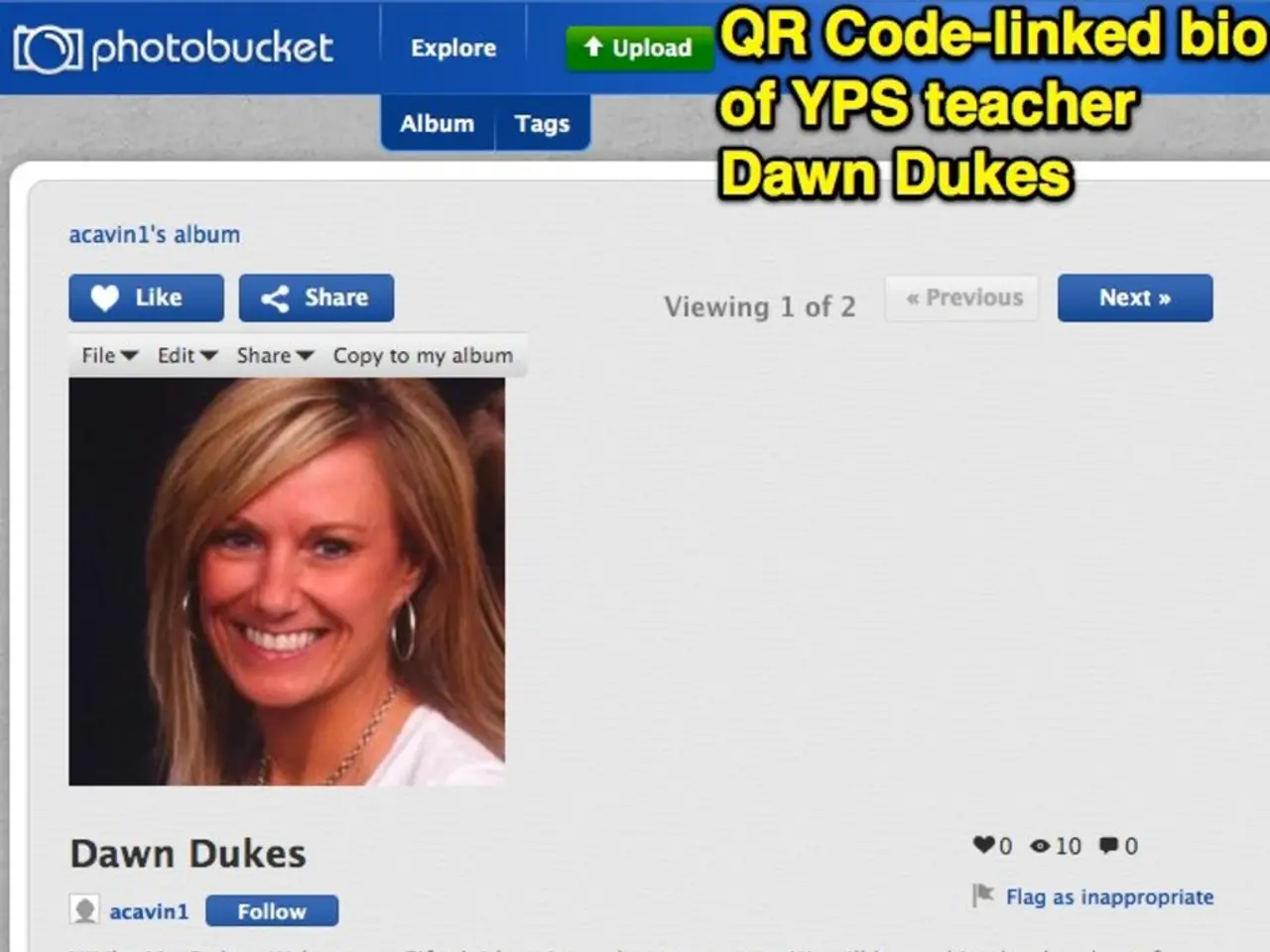Australia's proposed social media ban for minors: Evaluating its effectiveness
In a rapidly evolving digital landscape, the issue of social media usage among young people has sparked a heated debate. Recently, the Australian government implemented a national ban on popular social media platforms like Facebook, Instagram, TikTok, and YouTube for users under the age of 16, aiming to shield children from harmful content and negative mental health impacts [1][4].
The move has garnered significant support, with 87% of Australians backing the decision according to a survey [7]. Similarly, 77% of Germans expressed support for a similar ban [8], indicating a growing global concern about the impact of social media on young minds.
However, the debate is far from settled. Critics argue that the ban may not be an effective solution to deteriorating youth mental health [9]. They point out that children can circumvent restrictions or access platforms without accounts, potentially increasing risks rather than mitigating them [2].
Another concern is the potential infringement on privacy. Critics argue that stringent age verification methods, such as biometric checks or government-issued digital IDs, could lead to surveillance and data security issues [1].
Some argue that social media itself is not the root cause of worsening youth mental health but rather a reflection of broader social crises, including economic instability and political unrest. Banning social media might suppress critical access to information and stifle political awareness or radicalization, which some view as an attempt to neuter dissent rather than protect children’s welfare [3].
Platforms like YouTube serve educational purposes when used under structured school supervision, helping students develop critical thinking skills needed to navigate the digital world safely [2]. Removing access outside of this context might hinder digital literacy development.
Potential alternatives to an outright ban include enhancing digital literacy and critical thinking education within schools, improving platform safety features and parental controls, and encouraging a balanced approach that combines protection from harm with opportunities for safe and educational digital engagement [2].
In Bolivia, for example, CEPRA is organizing workshops to teach young people how to protect themselves from online risks such as disinformation and hate speech [6]. In Sweden, the government is considering a ban on smartphone access in schools due to concerns about declining mental and physical health [5].
The US Surgeon General has suggested adding warning labels to social media platforms, similar to those on cigarettes and alcohol, to raise awareness about potential mental health risks [10].
In conclusion, while the social media ban for under-16s aims to protect mental health and wellbeing, its effectiveness, privacy implications, broader social context impact, and potential loss of educational benefits remain contentious issues. Alternatives focusing on education and safer usage may offer a more balanced solution to the complex debate.
References:
- BBC News
- The Guardian
- The New York Times
- The Washington Post
- The Local
- Bolivia News
- ABC News
- Deutsche Welle
- The Conversation
- US Surgeon General's Report
- The global debate on social media usage among young people, fueled by concerns over mental health, has prompted various governments to consider different policies and legislation.
- In America, the Surgeon General has proposed using cautionary labels on social media platforms, similar to those on tobacco and alcohol products, to alert users about potential mental health risks.
- In Australia, the government has implemented a ban on popular social media platforms for users under 16, citing the protection of children from harmful content and negative mental health impacts.
- However, critics argue that the ban may not address the root causes of deteriorating youth mental health and question the efficiency of the policy in protecting children.
- They suggest that by limiting access to these platforms, youth may find alternative ways to access them, potentially increasing risks rather than mitigating them.
- In Bolivia, CEPRA is conducting workshops to educate young people on how to safeguard themselves against online threats such as disinformation and hate speech.
- Governments are considering various strategies in addition to bans, including enhancing digital literacy and critical thinking education within schools, improving platform safety features, and promoting balanced usage of social media for educational and safe engagement.
- The Swedish government is thinking about prohibiting smartphone access in schools, following concerns about declining mental and physical health among young people.




